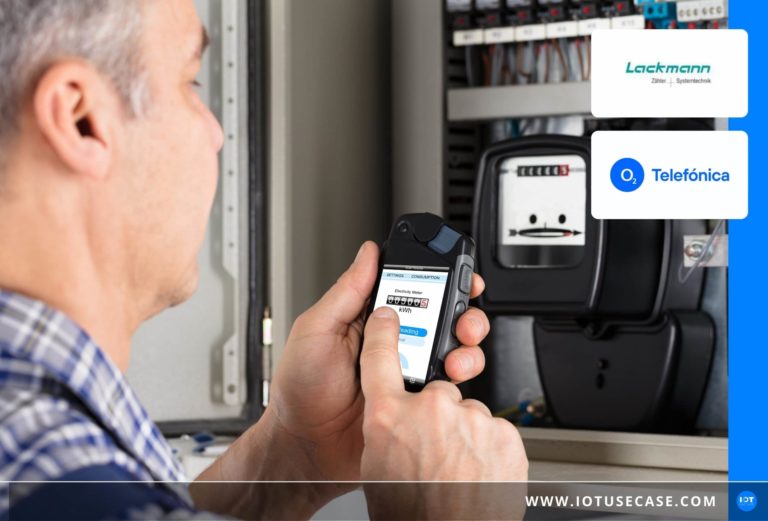Automated reordering of consumables is a good way for manufacturers to strengthen customer loyalty and compete against low-cost suppliers. The Industrial IoT allows such services through the determination of data from the field.
The problem: Low-cost providers are entering the service business
The solution: Modern sensor technology and retrofit with QR codes
The elunic AG from Munich develops tailor-made applications to exploit the full IoT potential of industrial machines and systems. The specialist for digital transformation, Industry 4.0 and the Industrial IoT (Internet of Things) recommends a two-pronged approach for manufacturers who have different device generations in the field.
Newer machines often already have integrated sensors and are connected to a PLC or an industrial PC. Additional sensors are also easy to retrofit. In this case, all necessary measured values are read out at the existing interfaces and sent via an edge device to a cloud application for analysis.
The solution is somewhat more complex for machines of earlier generations that do not offer any sensor technology. Here, a retrofit is often costly, so Elunic recommends a different approach: the machines are marked with QR codes that identify each one. When an employee checks the equipment or filter, they scan this QR code with a handheld or smartphone. They now record the desired data, such as the load status, in an app.
This approach is a good compromise between cost savings due to long runtimes and the possibilities of digitization. Whether through sensors or QR codes – the manufacturer now knows all the necessary data to calculate the optimum delivery time for replacement filters and trigger the order automatically.
The result: An all-round carefree service for users
For the users of the filtration systems, in addition to the capital commitment, the effort required to manage the replenishment is also reduced, as they no longer have to keep an eye on inventory and demand. In addition, manual processes either disappear completely (sensor technology) or are greatly simplified and accelerated (QR codes).
This all-round carefree service (subscription) for the users of the filtration systems strengthens the bond between manufacturer and customer. They are offered only high-quality original products in the subscription, also a positive influence on the customer relationship. The increased convenience and other benefits on the user side also justify a higher price point compared to other providers.





